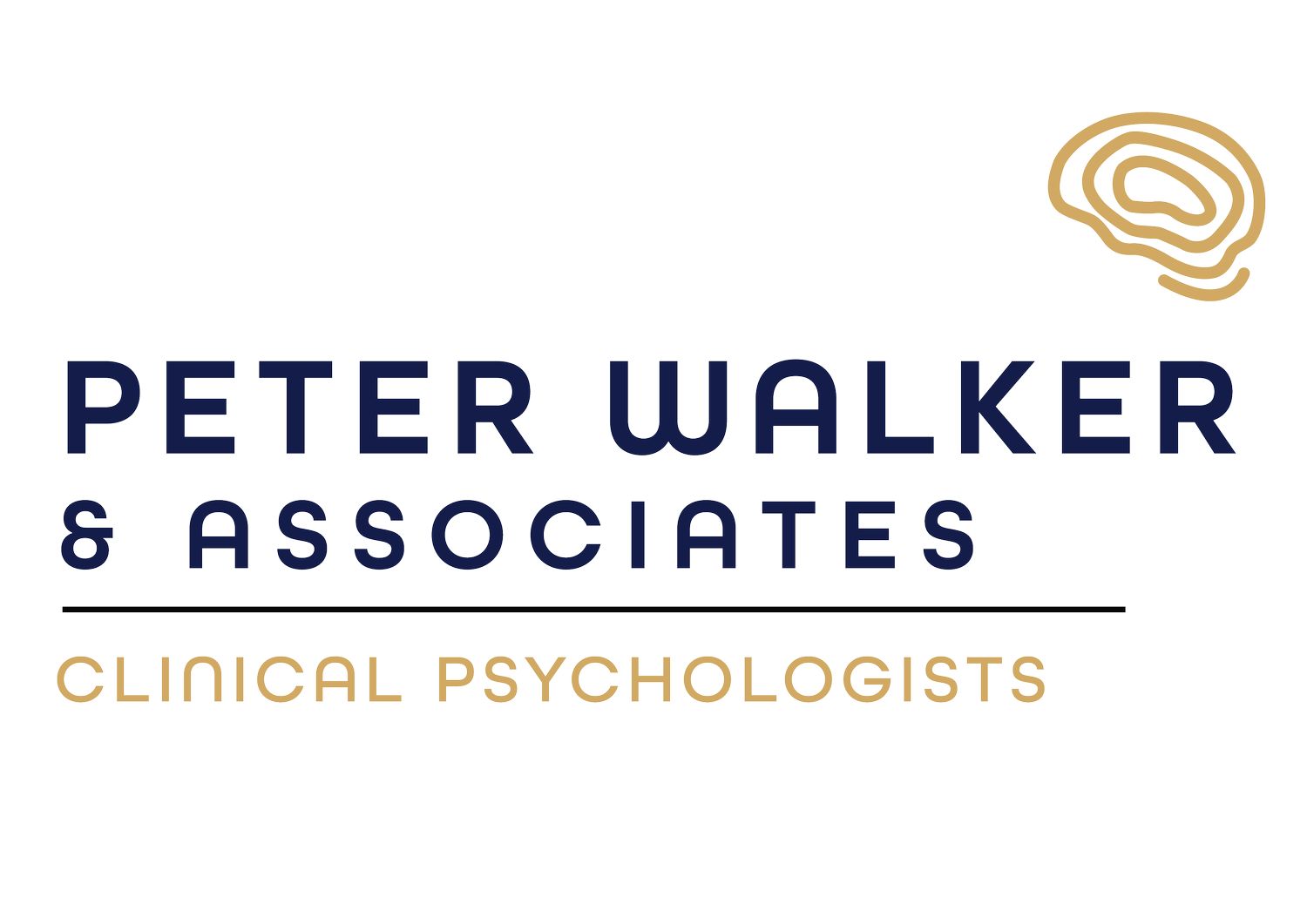Schema Therapy
What is Schema Therapy?
Schema Therapy was developed in the 1990s by Dr Jeffrey Young to help people with more complex or long-term psychological problems.
Built on the foundations of cognitive behavioural therapy, it also included elements from various other psychotherapy traditions.
In the initial approach, the concept of schemas was developed to help explain persistent patterns of distress and unhelpful behaviours.
Schemas are dysfunctional patterns or themes involving memories, emotions and physical sensations. They are developed during childhood or adolescence and built upon throughout life.
These sets of beliefs and behaviours tend to keep people stuck in patterns that maintain dissatisfaction, leaving them feeling exhausted and frustrated.
The Schema Therapy approach helps you understand how these patterns started and find ways to work against them and minimise their influence.
Schema Therapy was revised significantly in the early 2000s to incorporate the concept of modes. Modes are momentary mental states that arise when a schema is activated.
Schemas can be likened to an architectural blueprint, whereas modes are the structures we observe and experience (the psychological symptoms).
Modes have been grouped into four categories.
1. Child modes
These arise when our basic need for attachment or to assert our needs be met are threatened.
2. Maladaptive coping modes
These represent our unhelpful attempts to cope when a schema is triggered.
3. Critic modes
These are considered to be the internalisation of encouragement or criticism we received from significant figures in our lives. They are classed as either punishing or demanding.
4. Healthy/Happy modes
Healthy adult mode represents our capacity to act in our best interests, in a way that’s flexible and consistent with our values. Happy child represents the playful, creative and fun aspects of ourselves that can be inhibited in adulthood.
What conditions can be treated with Schema Therapy?
Schema Therapy was developed to help people with more complex or long-term psychological problems and is typically used when approaches like CBT have not been effective.
Why do we practice Schema Therapy at Peter Walker & Associates?
Schema Therapy is an evidence-based treatment which aligns with our approach to our work at the practice.
Our experienced clinical psychologists use Schema Therapy to shed light on the origins of your struggles, reveal why you’re stuck and help you find a path out to a life aligned with your values.
How our clinicians use Schema Therapy for treatment
Schema Therapy treatment includes uses various psychological strategies designed to reduce unhelpful behaviours and belief systems.
A solid therapeutic relationship with your psychologist is a fundamental part of this approach. There needs to be a connection between the client and clinician where there is safety, understanding and respect.
Treatment includes approaches designed to reduce unhelpful behaviours and belief systems. Experiential techniques also play an important role as they involve bringing up painful aspects of your past and processing them in more helpful ways.
Schema Therapy starts with identifying your schemas and understanding their history. Modes are then mapped and a formula connecting them to the schemas developed.
Treatment works to:
- bypass dysfunctional coping modes
- challenge critic modes
- reduce the schemas that contribute to your distress, dissatisfaction and unhelpful behaviours.


